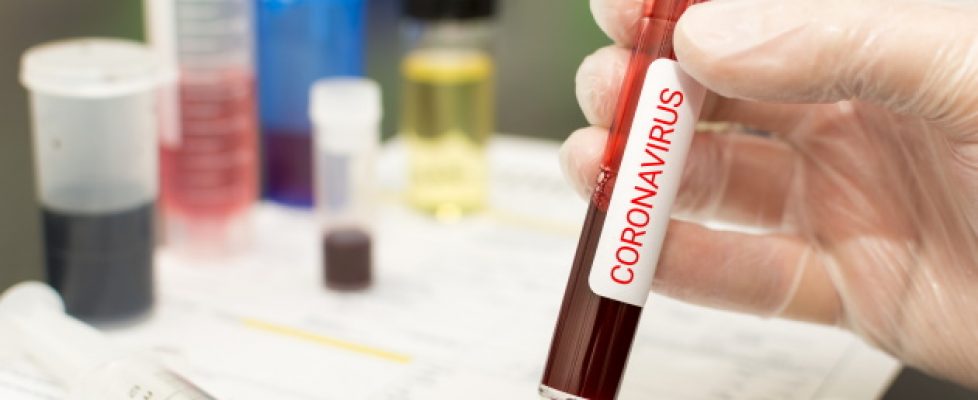How technology can help to contain COVID-19 — and how it can’t
As the world navigates the coronavirus outbreak, a few key technologically advanced tools are front and center in the fight to contain COVID-19.
Digital tools like telehealth, consumer-facing AI-based chatbots and remote patient monitoring could play a key role in assisting with containing the virus and helping people who think they might have been exposed. Some experts warn that these tools are not a total solution, but they could be helpful as one part of a large, comprehensive and integrated plan.
Remote Monitoring with Wearable Sensors
AI-based algorithms could be extremely helpful in providing information about patients who have already been diagnosed with COVID-19 or who are suspected of being infected. Monitoring these patients remotely with clinical-grade sensors and collecting data on numerous physiological markers could improve clinical decision-making for healthcare providers. And the process can also help them learn more about the disease so they can better treat it moving forward.
The information gathered from the AI-based algorithms could then be combined with other data such as laboratory and imaging tests to create a composite mechanism that could help clinicians understand the disease better. This could ultimately lead to better detection or prediction of the early signs of infection.
Kuldeep Singh Rajput is the CEO of Biofourmis, a Boston-based company specializing in digital therapeutics. He said that there are now clinical-grade wearables on the market that can monitor patients with confirmed or suspected COVID-19 who are under quarantine, whether it’s in a home or healthcare setting.
“While there’s still much the medical community does not know about COVID-19, there are known signs and symptoms such as fever, increased respiration and shortness of breath,” Rajput explained. “Physiological signals such as temperature, respiration rate and heart rate can be measured by wearables while a patient is in quarantine to detect worsening conditions and impending issues.”
Key Takeaways
Remote monitoring could be a powerful tool in the coronavirus outbreak because it has the potential to offer people another alternative to running straight to their family physician, urgent care clinic or emergency room at the first sign of sickness.
Since containing something as transmissible as COVID-19 is challenging, remote monitoring and screening could help in reducing spread of the virus. Additionally, monitoring coronavirus patients remotely with clinical-grade sensors and collecting data on numerous physiological signals could improve clinical decision-making for providers.

